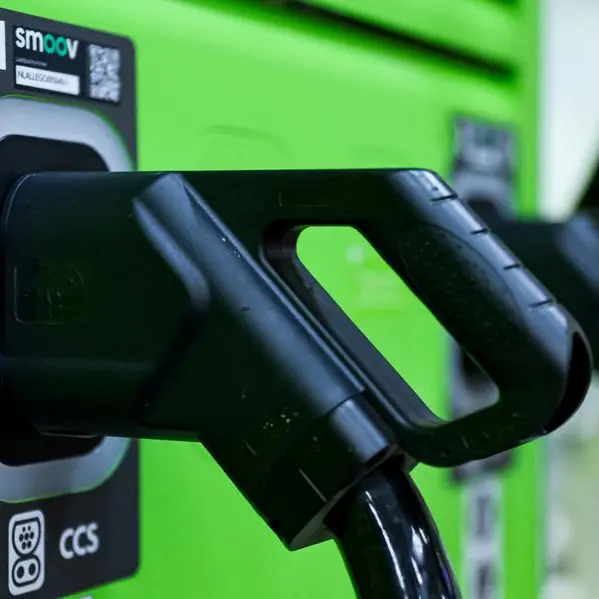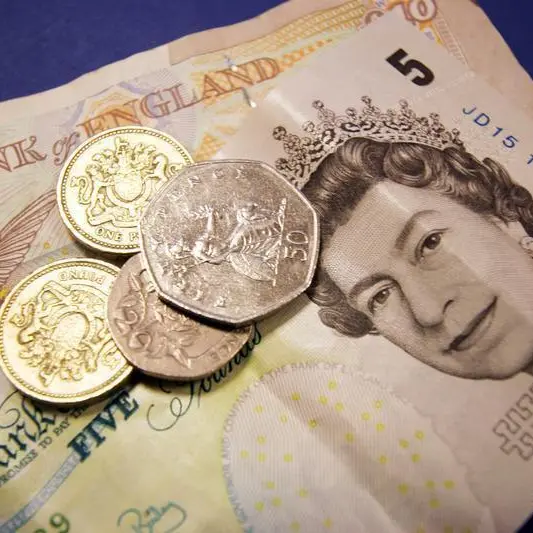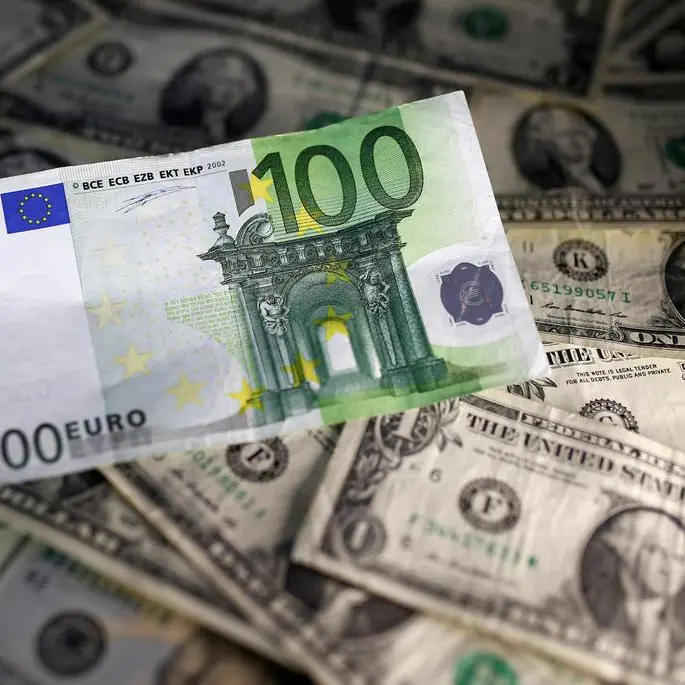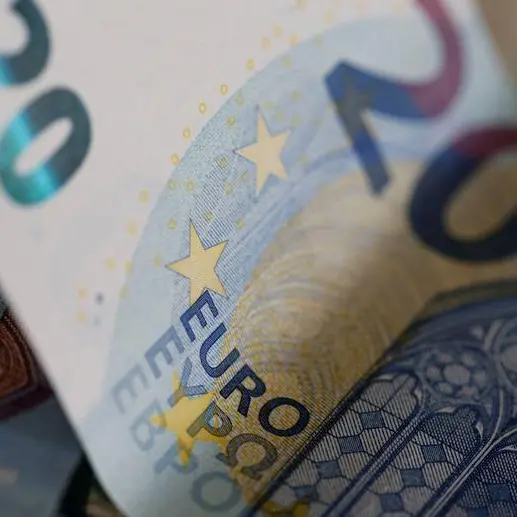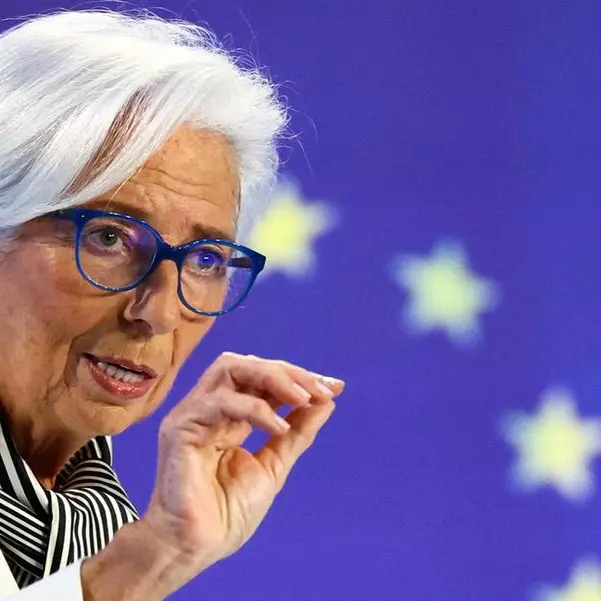PHOTO
BERLIN - German consumer sentiment is set to fall slightly in July, ending a four-month streak of rises, as households left uncertain by higher prices and an economy dawdling toward recovery opt to hold onto their money, a survey showed on Wednesday.
The consumer sentiment index published jointly by GfK and the Nuremberg Institute for Market Decisions (NIM) unexpectedly fell to -21.8 heading into July, from a slightly revised -21.0 in June.
Analysts polled by Reuters had expected a rise, to -18.9.
The index joins other indicators pointing to a bumpy road ahead for Europe's largest economy, after Ifo's business climate index and HCOB composite PMI also unexpectedly fell this month.
"The interruption of the recent upward trend in consumer sentiment shows that the road out of the sluggish consumption will be difficult and there can always be setbacks," said NIM consumer analyst Rolf Buerkl.
Income and economic expectations both fell moderately, while the willingness to buy stagnated at a low level and the willingness to save, already at a high level, grew slightly.
"The slightly higher inflation rate in Germany in May is clearly causing more uncertainty among consumers again, which is also reflected in the increase in the willingness to save," said Buerkl.
Inflation rose to 2.8% in May on higher services prices. Sustained recovery will only come when consumers have planning security, which will return if upward pressure on prices is dampened, and clear future prospects, he said.
"This also means that the government must quickly and clearly communicate the burdens and reliefs people will face as a result of the upcoming budget discussions," Buerkl added.
JUL 2024 JUN 2024 JUL 2023 Consumer climate -21.8 -21.0 -25.2 Consumer climate components
JUN 2024 MAY 2024 JUN 2023 - willingness to buy -13.0 -12.3 -14.6 - income expectations 8.2 12.5 -10.6 - business cycle expectations 2.5 9.8 3.7
NOTE - The survey period was from May 30-June 10, 2024. The consumer climate indicator forecasts the progress of real private consumption in the following month.
An indicator reading above zero signals year-on-year growth in private consumption. A value below zero indicates a drop compared with the same period a year earlier.
According to GfK, a one-point change in the indicator corresponds to a year-on-year change of 0.1% in private consumption.
The "willingness to buy" indicator represents the balance between positive and negative responses to the question: "Do you think now is a good time to buy major items?" The income expectations sub-index reflects expectations about the development of household finances in the coming 12 months.
The additional business cycle expectations index reflects respondents' assessment of the general economic situation over the next 12 months.
(Reporting by Miranda Murray Editing by Madeline Chambers)



